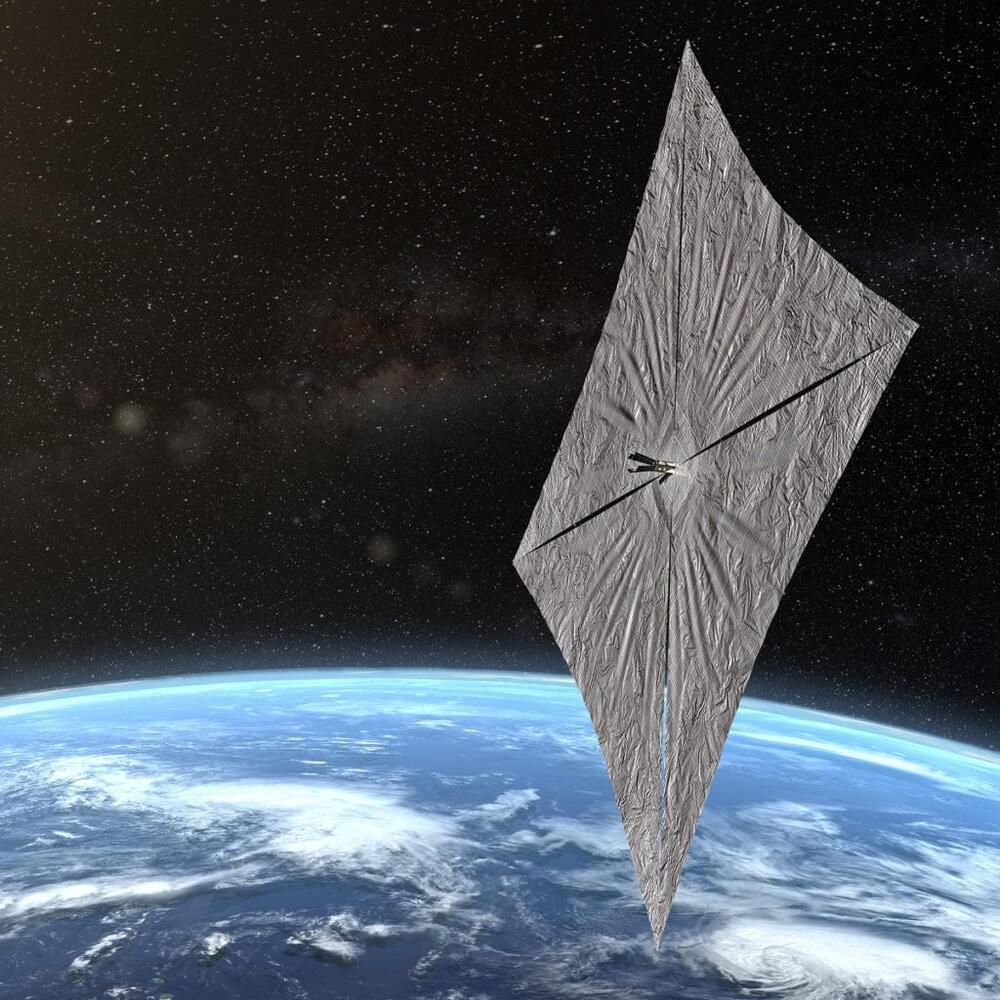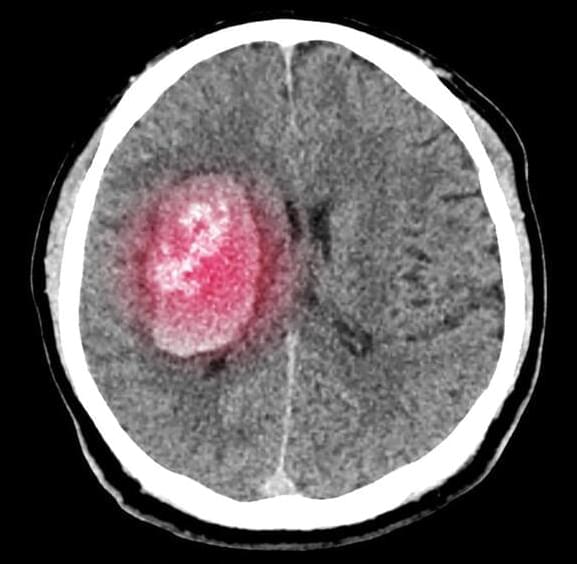Quantum telepathy, laser-based time crystals, a glow from empty space and an “unreal” universe—these are the most awesome (and awfully hard to understand) results from the subatomic realm we encountered in 2022.



A team of scientists has uncovered the physical principles—a series of forces and hydrodynamic flows—that help ensure the proper functioning of life’s blueprint. Its discovery provides new insights into the genome while potentially offering a new means to spot genomic aberrations linked to developmental disorders and human diseases.
“The way in which the genome is organized and packed inside the nucleus directly affects its biological function, yet the physical principles behind this organization are far from understood,” explains Alexandra Zidovska, an associate professor in New York University’s Department of Physics and an author of the paper, which appears in the journal Physical Review X (PRX). “Our results provide fundamental insights into the biophysical origins of the organization of the genome inside the cell nucleus.”
“Such knowledge is crucial for understanding the genome’s function,” adds David Saintillan, a professor at the University of California San Diego’s Department of Mechanical and Aerospace Engineering and an author of the paper.

Our universe is so vast that it appears impossible for anything else to exist. Experts are beginning to suspect that our universe might exist inside a fourth-dimensional black hole.
Our cosmos began as a singularity, a point in space that was endlessly hot and dense. According to researchers at CERN such as James Beecham, black holes in our universe may have the same characteristics as those described by the scientific community.
Earth and even the sun are puny compared to a mighty, hulking source of gamma-rays.

Red giants are dying stars, in advanced stages of stellar evolution, which have depleted the hydrogen in their cores. In a study published today in Nature Communications, a team of astronomers mainly from Instituto de Astrofísica e Ciências do Espaço (IA), have found new evidence that red giant stars experience “glitches”—sharp structural variations—in their inner core.
Unfortunately, it is impossible to look directly inside a star. However, a technique dubbed asteroseismology, which measures oscillations similar to “earthquakes” in stars, can provide indirect glimpses of stellar interiors. The “glitches” can affect these oscillations, or the frequencies and paths of gravity and sound waves traveling through the stellar interior.
As IA researcher Margarida Cunha explains, “Waves propagating inside stars induce minute stellar brightness variations that can be detected with highly precise space-based instruments. These waves reveal the conditions of the medium where they propagate, which is to say, the physical properties of the stellar interiors.”



Death is perhaps one of the most universally discussed topics across the board, and at least once in our lives, the vast majority of us wonder what happens during our final moments. For a long time, we haven’t had many answers, well, that is until now.
One of the most common ‘rumors’ about death is that right before our final moment, our life flashes before our eyes. And recent research may offer some interesting answers that indicate this theory isn’t far from the truth.
The research was carried out by accident, as they had intended to study the brainwaves of an 87-year-old patient with epilepsy. However, during their research, the patient ended up suffering from a fatal heart attack. During the death of the patient, their brainwaves were recorded up until the moment of death.